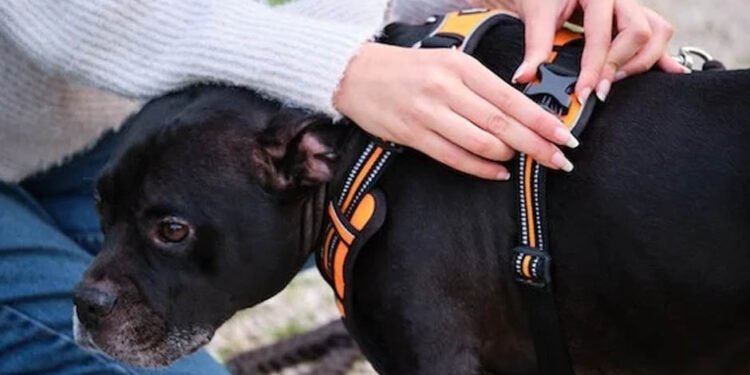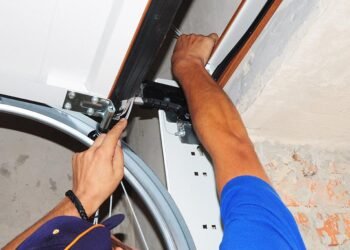Key Takeaways:
- Understand the benefits of using a dog harness over a collar.
- Discover how to choose the right harness for your dog.
- Learn effective training techniques to get your dog comfortable with a harness.
- Explore common mistakes to avoid when training your dog with a harness.
- Gain insights from reputable sources for additional tips and best practices.
The Benefits of Using a Harness Over a Collar
One of the primary reasons dog owners opt for dog harness is to reduce strain on their pets’ necks. Unlike collars, which can cause injuries if a dog pulls hard, harnesses distribute the pressure evenly across a dog’s chest and shoulders. This makes walks safer and more enjoyable for the owner and the pet.
Additionally, harnesses provide better control, which is particularly useful for training. They offer a more balanced way to manage your dog’s movements, making it easier to direct them without causing discomfort. Veterinary professionals recommend harnesses for dogs with respiratory issues or neck injuries, highlighting their advantages.
The psychological impact on the dog should not be underestimated either. By avoiding the discomfort and potential pain that a collar might cause, especially for dogs that pull, the positive experience with a harness can make walks and training sessions more enjoyable for the dog.
Choosing the Right Harness for Your Dog
Consider your dog’s size, breed, and temperament when selecting a harness. A good fit prevents chafing and ensures comfort. Look for harnesses with adjustable straps and durable materials. Padded harnesses can provide extra comfort, particularly for dogs still getting used to the new gear.
Various types of harnesses are available, such as front-clip, back-clip, and multi-clip harnesses. Each type serves a different purpose; for instance, front-clip harnesses are excellent for training as they discourage pulling, while back-clip harnesses are more suitable for everyday use.
Consult a skilled dog trainer or your veterinarian before making a purchase. They can offer tailored advice depending on the requirements and actions of your dog. Furthermore, reading internet evaluations and testimonies from other dog owners can provide insightful information about the reliability and efficiency of different harness models.
Training Techniques to Get Your Dog Comfortable with a Harness
- Gradually introduce the harness, allowing your dog to investigate and smell it.
- To help you form good connections with the harness, use treats.
- Increase the length of time your dog spends wearing the harness gradually.
- Practice walking indoors before heading outside.
A step-by-step approach works best when getting your dog accustomed to a harness. Start by letting your dog sniff the harness while giving treats to build positive associations. Gradually put the harness on for short periods, rewarding your dog frequently. This method helps to create a positive connection between the harness and enjoyable experiences, such as treats and affection.
Try using the harness for quick indoor walks after your dog is at ease donning it to acquaint them with being led. To make the process joyful, use consistent positive reinforcement, such as praise, treats, and playtime. As you advance to outdoor walks, do not forget to keep a composed and upbeat attitude throughout the exercise. The secret to success is patience and consistency.
Common Mistakes to Avoid
One mistake pet owners often need to correct is rushing the training process. It’s crucial to proceed at your dog’s pace to avoid creating negative associations. If the transition is too rapid, anxiety or resistance to the harness can develop. Another error is not adjusting the harness properly, leading to discomfort and frustration for the dog.
It’s also important to avoid using harnesses inappropriately. For instance, never leave a harness on an unsupervised dog for long periods, as it can cause irritation or injury. Always ensure the harness is removed during rest periods or at night. Lastly, periodically check the harness for wear and tear. Frayed or damaged harnesses can break unexpectedly, posing a risk to your dog. Regular maintenance ensures that the harness remains safe and functional.












